The world of table tennis is as much about spin as it is about speed. While casual players might focus on power and placement, advanced players understand that mastering spin is the key to dominating the game. The concept of spin coefficient—a measure of how much a ball rotates relative to its forward motion—has become a critical factor in modern table tennis. From the way professionals impart spin to how equipment manufacturers design rubbers, the spin coefficient influences every aspect of the sport.
Spin in table tennis isn’t just about making the ball curve in the air or dip unexpectedly on the opponent’s side. It’s a complex interplay of physics, technique, and equipment. The spin coefficient quantifies the ratio of rotational velocity to translational velocity, giving players and coaches a way to analyze and optimize performance. A high spin coefficient means the ball rotates rapidly compared to its forward speed, creating more dramatic and unpredictable movement. This is why players like Ma Long and Fan Zhendong can make the ball behave almost magically, leaving opponents scrambling.
The mechanics behind spin generation are fascinating. When a player brushes the ball at an angle rather than hitting it squarely, friction between the rubber and the ball creates rotation. The quality of this spin depends on several factors: the angle of contact, the speed of the racket, and the tackiness of the rubber. Modern rubbers are engineered to maximize grip on the ball, allowing for higher spin coefficients. However, too much spin can be a double-edged sword—while it makes serves and loops more deceptive, it also demands greater precision to control.
One of the most intriguing aspects of spin coefficient is how it affects ball trajectory. A heavily spun ball follows a curved path due to the Magnus effect, where the spin creates a pressure differential around the ball. Topspin causes the ball to dip faster, while backspin makes it float. Sidespin introduces lateral movement, often forcing errors from opponents who misjudge the bounce. The spin coefficient determines just how pronounced these effects are, and elite players exploit this to keep their rivals off balance.
Equipment plays a pivotal role in manipulating spin coefficient. Over the years, rubber technology has evolved dramatically, with manufacturers like Butterfly, DHS, and Tibhar competing to produce the grippiest surfaces. The thickness and density of the sponge beneath the rubber also influence spin potential. Thicker sponges tend to store more energy, allowing for greater spin generation on aggressive shots. Meanwhile, players must consider how their blade interacts with the rubber—stiffer blades often provide more direct feedback, while flexible ones can enhance spin through a catapult effect.
Interestingly, the spin coefficient isn’t static during a rally. As the ball slows down after being struck, the rotational speed decays at a different rate than the forward velocity. This means a ball that starts with a high spin coefficient might lose some of its bite by the time it reaches the opponent. Skilled players account for this by varying the amount of spin they apply based on the situation. A slow, heavy topspin loop might have a higher initial spin coefficient than a fast drive, but the latter maintains its effectiveness over a longer distance.
Coaches now use high-speed cameras and motion analysis software to measure spin coefficients in training. By breaking down a player’s strokes frame by frame, they can identify inefficiencies in spin generation and suggest adjustments. For example, a player might be told to contact the ball slightly higher or lower on the racket to optimize the spin-to-speed ratio. This level of detail was unimaginable a few decades ago, but it’s now standard at the highest levels of competition.
The impact of spin coefficient extends beyond technique and equipment—it shapes entire playing styles. Defensive players who rely on chopping and lobbing prioritize maintaining high spin coefficients to keep the ball low and difficult to attack. Offensive players, on the other hand, might sacrifice some spin for sheer speed when going for winners. The most successful players are those who can vary their spin coefficients at will, keeping opponents guessing with a mix of heavy spins and flat hits.
As table tennis continues to evolve, the quest for higher spin coefficients shows no signs of slowing down. New rubber formulations, blade materials, and training methods are constantly pushing the boundaries of what’s possible. Yet, at its core, spin remains an art as much as a science. The best players don’t just understand the numbers—they develop an intuitive feel for how to make the ball dance. That’s what separates champions from the rest, and why the spin coefficient will always be at the heart of this mesmerizing sport.
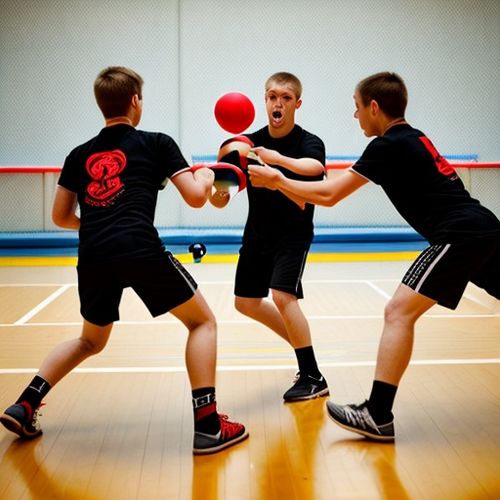
By Christopher Harris/May 8, 2025
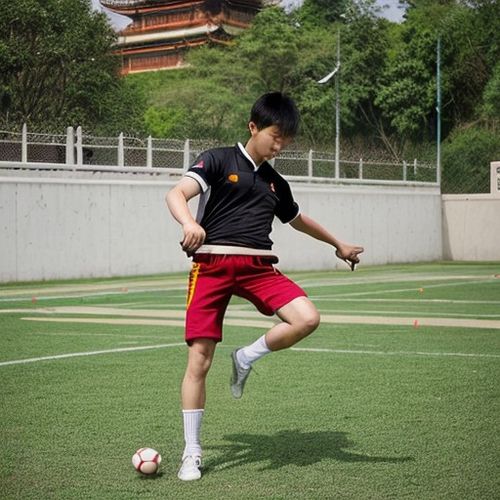
By Laura Wilson/May 8, 2025
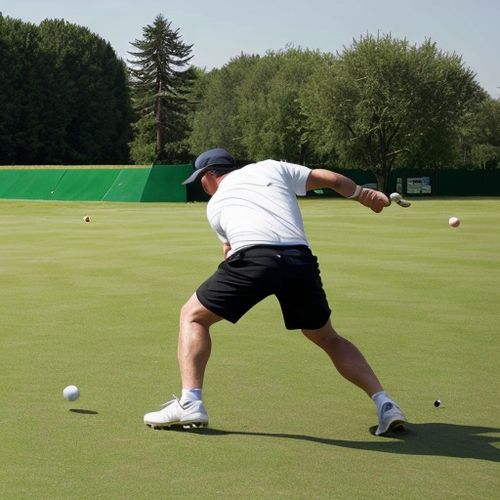
By Amanda Phillips/May 8, 2025
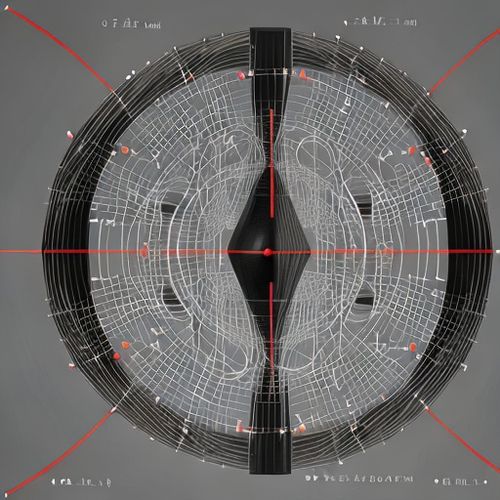
By William Miller/May 8, 2025
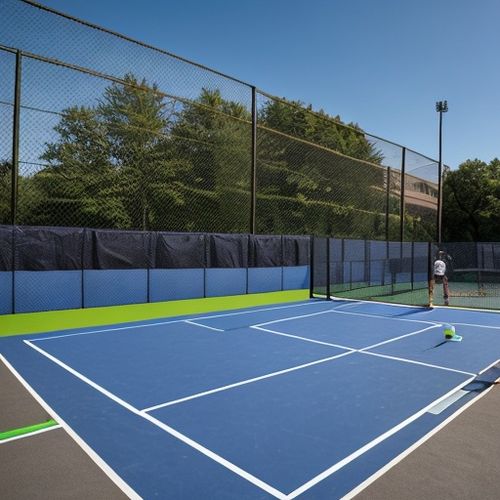
By Noah Bell/May 8, 2025
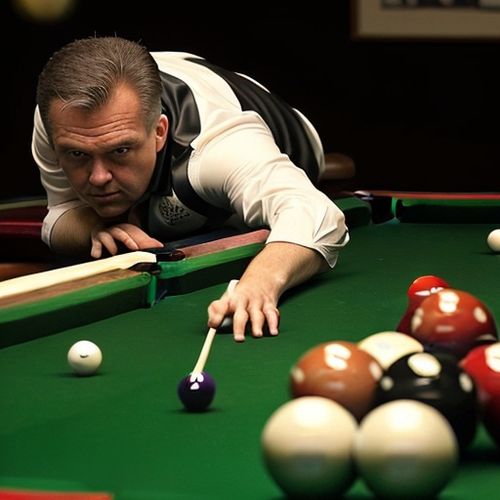
By Elizabeth Taylor/May 8, 2025
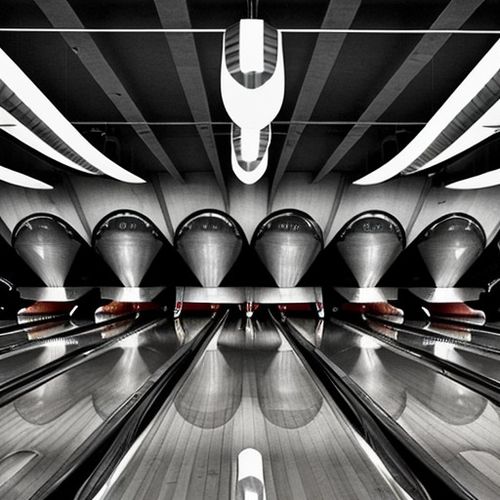
By Joshua Howard/May 8, 2025
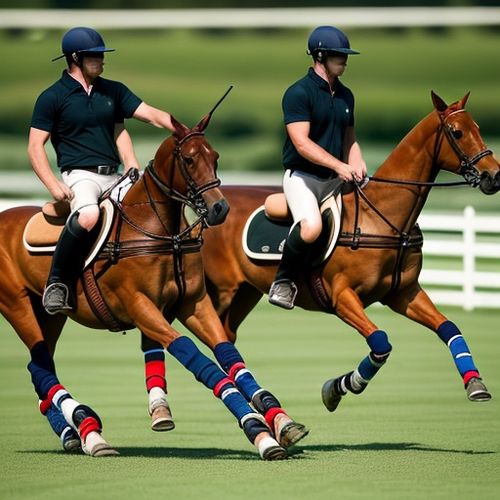
By Ryan Martin/May 8, 2025
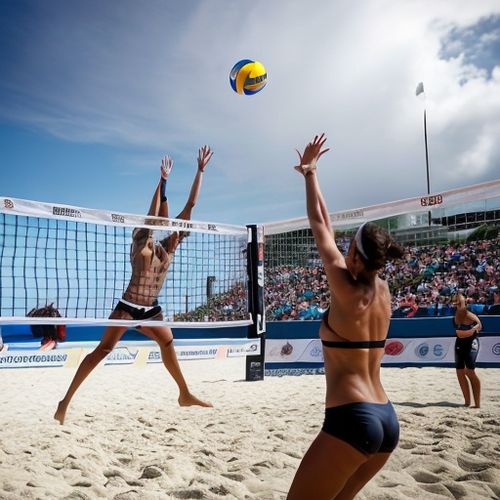
By George Bailey/May 8, 2025

By Natalie Campbell/May 8, 2025

By Joshua Howard/May 8, 2025
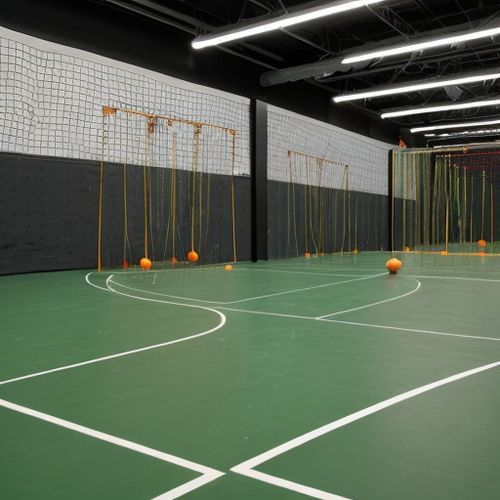
By Elizabeth Taylor/May 8, 2025
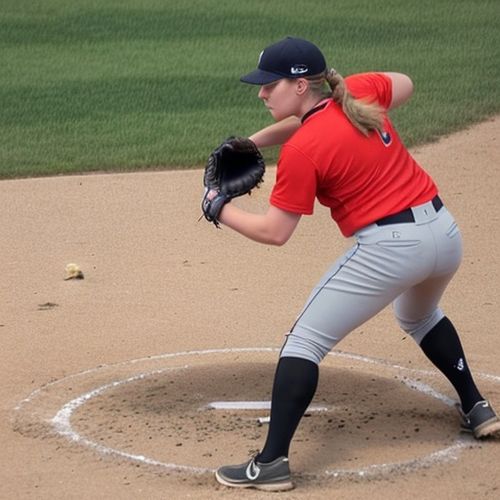
By Samuel Cooper/May 8, 2025
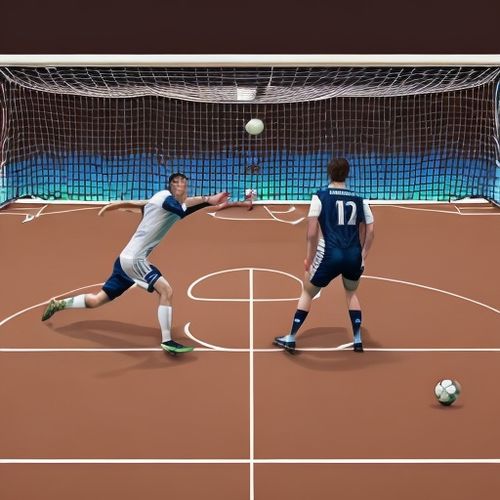
By Joshua Howard/May 8, 2025
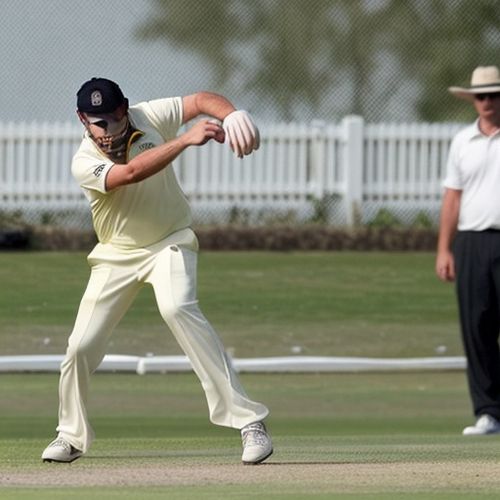
By Grace Cox/May 8, 2025
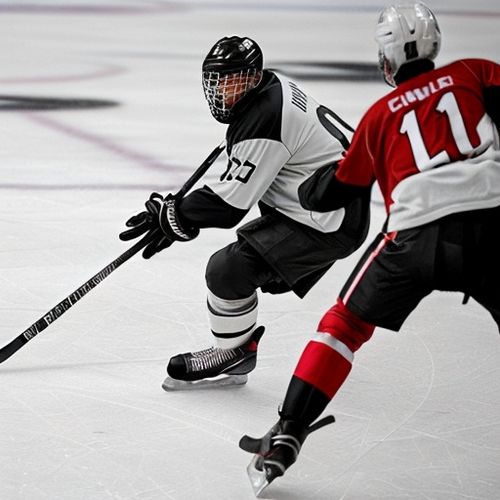
By Christopher Harris/May 8, 2025

By Samuel Cooper/May 8, 2025

By Sophia Lewis/May 8, 2025
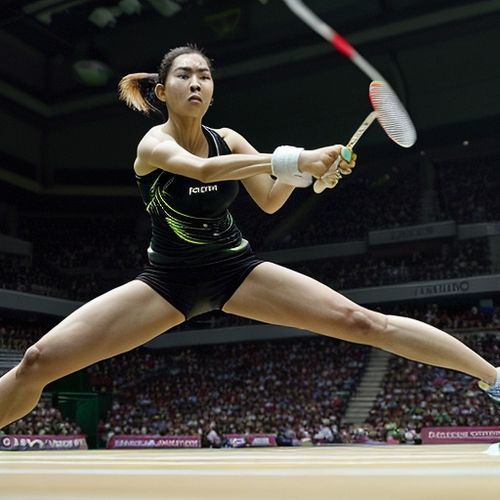
By Eric Ward/May 8, 2025
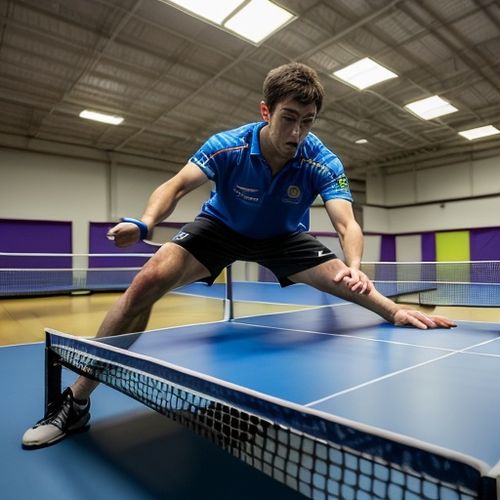
By Sarah Davis/May 8, 2025